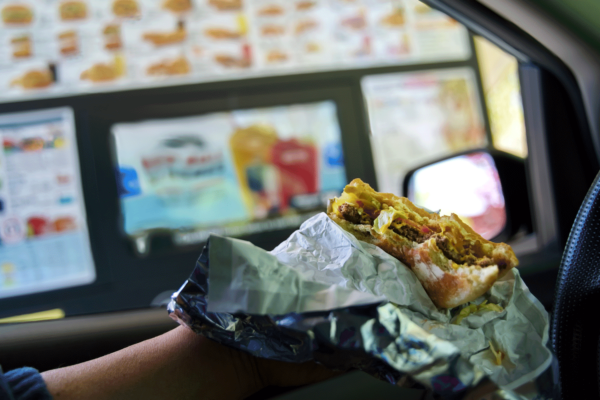Are you a food industry sales leader looking to make more successful connections with your customers and prospects?
Even in this difficult environment when restaurants and other foodservice operators are faced with a whirlwind of challenges – including labor and supply chain woes and record-high inflation – there are ways to make headway by understanding what these leaders need right now. And no one has a clearer view than Datassential into what the industry needs to thrive in this turbulent time.
And there’s no more comprehensive analysis of the current sales environment than Datassential’s 2022 OneTable report, offering key insights into the state of today’s operator and the road ahead.
How to ride the wave of industry chaos
The industry headwinds are evident, particularly when you consider this statistic: A whopping 77% percent of operators have switched products in reaction to current challenges with supply chain, labor, and inflation, according to the report. And they’re not upgrading. Many operators have increased their purchases of value and mid-tier products, while few are shifting toward premium items. It benefits all sales leaders to understand this need for change in the current environment, and work with operators to support their strategy to trade down in a mutually beneficial way.
This adjustment will pay off in the long run because if economic conditions remain difficult, even more operators will consider switching to mid-or value-tier products. Still, brands still matter when the world is focused on value: 22% of operators say they’ve increased their reliance on manufacturer brands in the last six months, and 14% have relied more on private label brands in that time.
Understanding operators in transition
Selling to your customer requires knowing them now and anticipating what they will need in the years to come. But predicting future needs in the midst of a trifecta of industry woes – labor, supply chain and inflation – can be next to impossible alone.
Here are a few key Datassential insights from OneTable that can get you one step ahead:
- While inventory levels are mostly unchanged, slightly more operators are opting for smaller pack and case sizes to combat the current environment.
- Many are also opting for convenience formats: 15% have shifted more toward frozen products and 10% have shifted more toward fully-prepared products, largely due to less skilled culinary talent and the need for better inventory management.
- Operators are contemplating changes to their protein schedule, with planned reductions in their use of seafood, beef, and pork. And while a number of operators plan to reduce their plant-based focus, there are nearly as many that plan to increase them.
- Operators plan to grow key areas of their menu, saying they most want to increase their entrée and salad offerings, with fewer planning to grow their selection of soups, desserts, or bakery goods. While salads, appetizers, and sides are also significant areas of focus, relatively few operators are prioritizing new beverage innovation.
- Supply and labor challenges will necessitate changes to menu development, mostly around core offerings. To alleviate economic pressure, operators will turn first to product formats that are versatile, long-lasting, and convenient, including shelf-stable, frozen, fully-prepared and ready-to-drink.
- Operators will appreciate new options for both core and niche products, particularly plant-based alternatives, frozen potatoes, and cooking oil.
- In the short term, operators will look first to products that can save time, money, and especially labor.
Win as a trusted partner
In an ever-changing environment, it’s key to remember exactly how critical a sales leader is in assisting operators during strategic shifts. Nearly 90% of operators say they appreciate some form of assistance or service improvement, especially if these services can streamline the product ordering process or yield relevant and applicable insights.
And when it comes to preferred outreach methods, the more direct, the better: Email is the most preferred, but 22% of those surveyed for OneTable say an in-person visit is best.
And it’s clear that operators still value their industry relationships as a source for key insights, with distributor sales reps topping the list as the primary source of information for more than a third (34%) of operators.
What’s next
The world of food has changed drastically and the changes are far from over. To access the keys to selling in this unprecedented environment with Datassential’s collection of tools and vast library of content, request a demo.
Megan Lynberg is the Vice President of Sales at Datassential.
The OneTable report referenced in this article is available for free here.
If you would like to learn more about Datassential’s suite of food and beverage intelligence solutions, reach out to us here.






